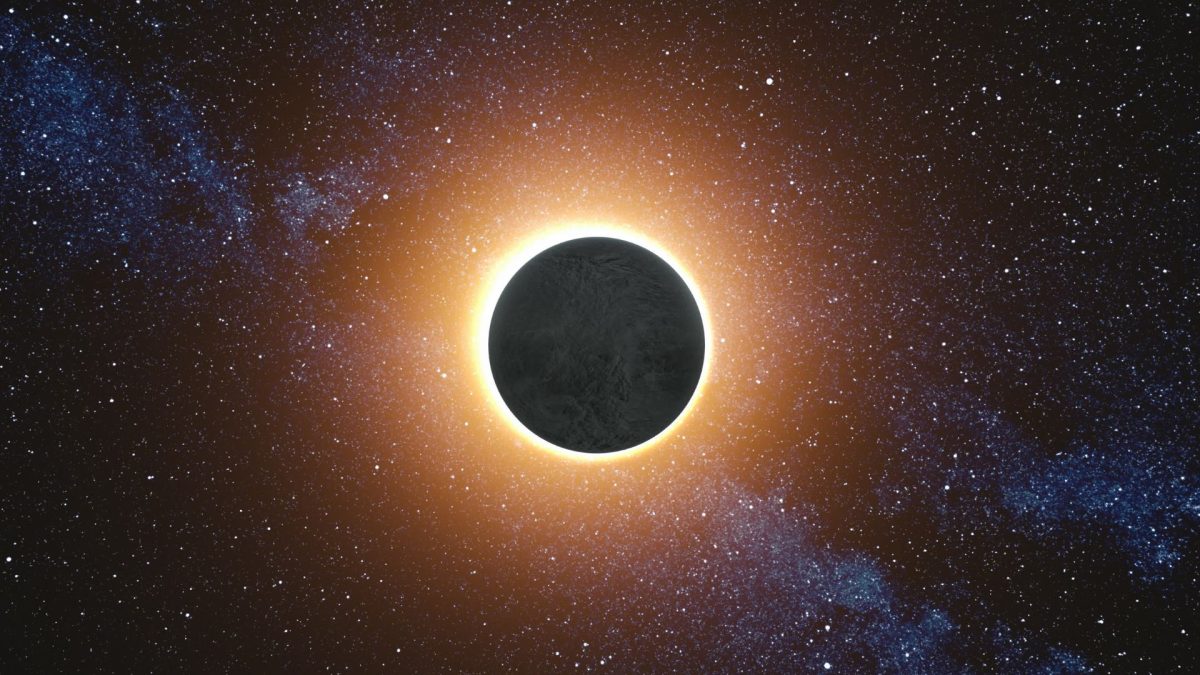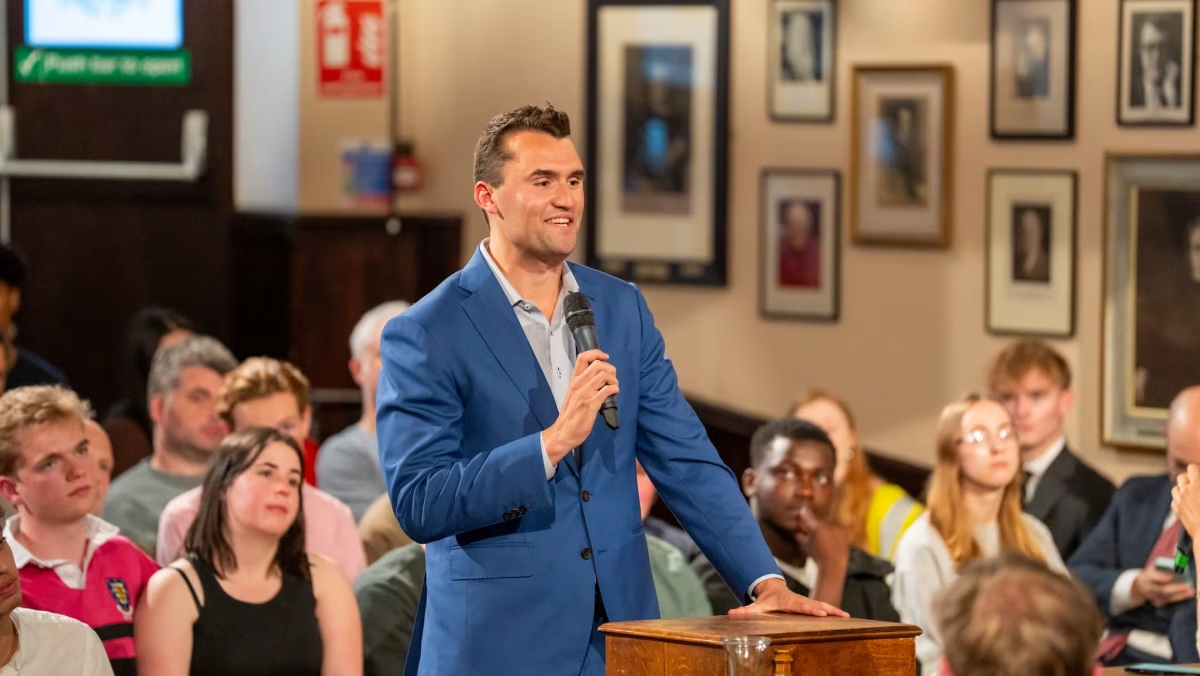While Jewish tradition has long been accepting of the basic scientific explanations for the rules of the cosmos, that hasn’t stopped rabbis and commentators from looking for portents and signs in the magic and mystery of eclipses.
Indeed, from the very beginning – Genesis 1:14, to be precise – Jewish scriptural writings have referred to eclipses and their spiritual meanings. As the verse reads, “God said, ‘Let there be luminaries in the firmament of the heaven to separate between the day and the night; and they shall serve as signs…’” This passage enabled scholars throughout the centuries to direct their interpretive gazes toward the heavens and make light – as in wisdom — of it.
ADVERTISEMENT
Think back to when Moses ascended Mount Sinai for the second time, so that God could re-inscribe the stone tablets he had hewn by divine command. Tradition has it that Moses went up Mount Sinai on the first of Elul and asked God to reveal Himself. God declined, telling Moses that no human could see His face and live. God offered the consolation, however, of putting Moses in the cleft of a rock, assuring him that with His hand he would shield Moses as He passed. “Then I shall remove My hand and you will see My back; but My face may not be seen.” God, in this case, offered Moses a view by eclipsing Himself.
The Hebrew word for eclipse is likui, or defect. The Talmud states that a likui of the sun is a bad sign for the world. More specifically, the Gemara states that the location in which the sun is seen in total eclipse is where folks especially need to worry. A map of Monday’s eclipse pretty much draws a diagonal line right through the United States, from the Pacific Northwest to the Southeast. America — consider yourselves warned.
The Gemara continues with a parable: A king made a feast for his subjects, and placed a lantern before them. Then the king grew angry with his subjects, and told his servant, “Take away the lantern from before them, and place them in darkness!” The rabbis read this thusly: God is the king, ordering the moon/servant to take away the light of the sun, creating an eclipse casting them into darkness as a warning.
As we will see during this year’s celestial event, however, an eclipse doesn’t bring about total darkness. Even at totality, there is a penumbra around the moon, and before and after rays of light explode outward. These “rays of hope” remind us that God is always with us, even in the darkness.
ADVERTISEMENT
For those interested in deeper study, events in the books of Joshua, Amos, and Jonah are often explained as having been accompanied by solar eclipses, and rabbinical scholars have even drawn upon science to date these eclipses with some specificity to the times when these events are thought to have taken place. For example, the prophet Jonah is said to have preached doom and gloom to the stubborn people of Nineveh on the very day of a solar eclipse in 763 BCE, which therefore accounts for the miracle of their mass repentance on that very day.
The Lubavitcher Rebbe Menachem M. Schneerson is said to have explained that eclipses were “meant to be opportunities for increasing prayer and introspection,” which lines up perfectly with this year’s eclipse coinciding with the beginning of the period of Teshuvah.
Finally, I offer up my own bit of rock ‘n’ roll dvar Torah: Just as God ordered Moses not to look upon His countenance, as, in the words of Bob Dylan, “No man sees My face and lives,” so too are we warned not to look directly at an eclipse, lest we be, as Bruce Springsteen once sang, “Blinded by the light.”
Seth Rogovoy is a contributing editor at the Forward.






















